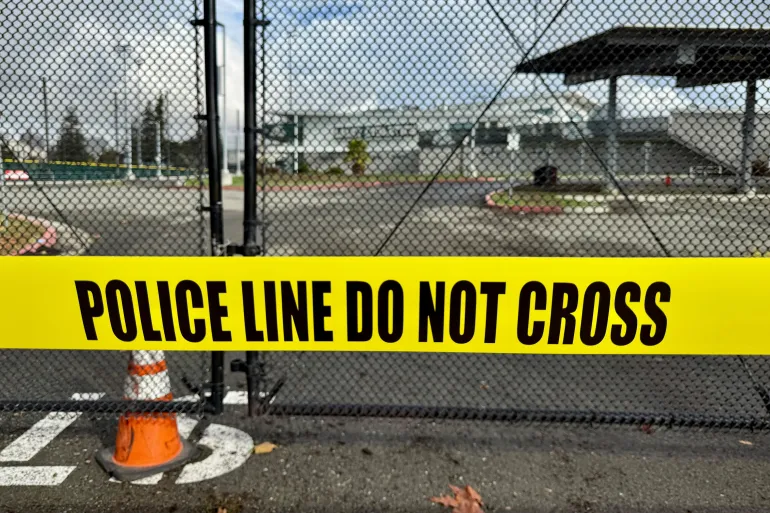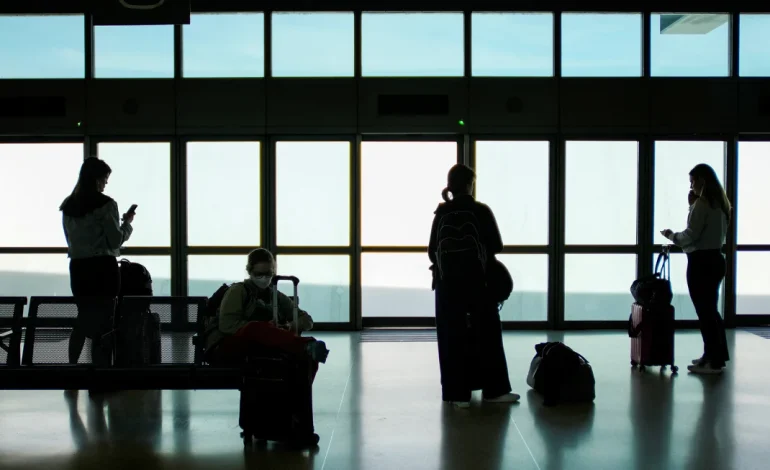Recent communication outages at Newark Liberty International Airport are part of a broader pattern of system failures that air traffic controllers and aviation experts say reveal deeper issues across the national air traffic control infrastructure, CNN reports.
Reports of blacked-out radar screens, failed radio transmissions, and temporary loss of contact with aircraft have emerged at facilities across the United States, raising concerns about outdated technology and the increasing strain on the aviation system.
Incidents recorded in NASA’s Aviation Safety Reporting System (ASRS), a confidential and voluntary database, illustrate the scope of the issue. Since 2022, more than 40 reports of equipment problems, including radio and radar outages, have been submitted by pilots and controllers. These incidents describe near-miss situations, emergency landings without communication, and system failures that occurred even in the presence of backup systems.
In one such case from 2023, an air traffic controller in Tampa reported losing all radio contact with aircraft — including a commercial airliner and another plane on a potential collision course. Attempts to contact the aircraft using alternate methods failed until a final effort succeeded just in time to avoid a possible mid-air incident. In a separate 2022 incident in Indiana, a controller was unable to communicate with a plane experiencing an in-flight emergency after its door detached.
While these reports are anonymized and unverified, they are part of a program designed to help the Federal Aviation Administration (FAA) identify and respond to safety threats. However, current and former FAA personnel and aviation experts say the agency’s response has not kept pace with the scope of the problem.
“The flying public should not have to think about whether the equipment is going to work,” said Dave Riley, a former air traffic controller with over 30 years of experience. “There are clearly issues of concern that need to be looked at.”
A CNN analysis of FAA airspace advisories found that in 2023 alone, the agency published alerts mentioning radar or radio issues nearly every other day. These advisories are often vague and don’t specify the severity of the outage, though several have resulted in delays or ground stops at affected airports.
The FAA acknowledges the challenges, citing over 74,000 pieces of equipment in its network. In a public statement, the agency noted:
“Our system is outdated and showing its age.”
It emphasized that all control centers have contingency plans involving backup systems and operational redundancies to manage such failures.
Still, aviation experts argue that reliance on decades-old systems, even with backups in place, introduces risk. Margaret Wallace, a former Air Force controller and now assistant professor at Florida Institute of Technology, highlighted the lack of upgrades.
“We’re using the same communication equipment from when I started controlling in 1991,” she said. “These systems are overused and way too old to handle the capacity they need to.”
In Miami, for instance, a series of reports dating back to 2021 describe simultaneous radar and communication failures. One controller wrote that staff were “put in harm’s way” and had to take “drastic measures” to ensure safety during one such episode. More recently, another controller suggested the Miami facility should be shut down temporarily due to recurring outages.
Facilities in Albuquerque have also seen repeated complaints. Controllers there described frequent radio transmission issues, with one writing in 2023:
“This is a massive sector, there are mountains, this is totally unsafe, and it’s going to get someone killed.”
Despite these concerns, some experts caution against overinterpreting the incident reports. Michael McCormick, a former FAA executive, noted that submissions to the NASA system may include exaggerated language. Still, he acknowledged that equipment outages are common and that contingency procedures usually prevent serious incidents.
Efforts to modernize the system are underway. Transportation Secretary Sean Duffy recently announced a comprehensive plan to upgrade the national air traffic control network by 2028. This includes replacing thousands of radios and radars and building new control centers. However, he acknowledged the initiative would require significant funding and time.
In the interim, some worry that continued delays could have serious consequences. Controllers in Denver recently experienced a 90-second loss of communication with multiple aircraft. In Newark, a similar incident lasted just two seconds, but even brief outages in high-traffic areas can elevate risk.
Aaron Whittle, a former Air Force controller and current professor at Utah State University, said that even minor system failures can impair safety.
“When radio equipment or communication lines are subpar, a controller’s workload increases dramatically,” he explained. “That creates a dangerous distraction.”
While commercial aviation remains statistically safe, the increasing frequency of equipment-related disruptions is prompting renewed calls for investment and oversight.
“If all the redundancies break down,” Riley said, “that’s when the stress level goes up, and where the safety truly is compromised and fatalities can happen.”










The latest news in your social feeds
Subscribe to our social media platforms to stay tuned